In the News
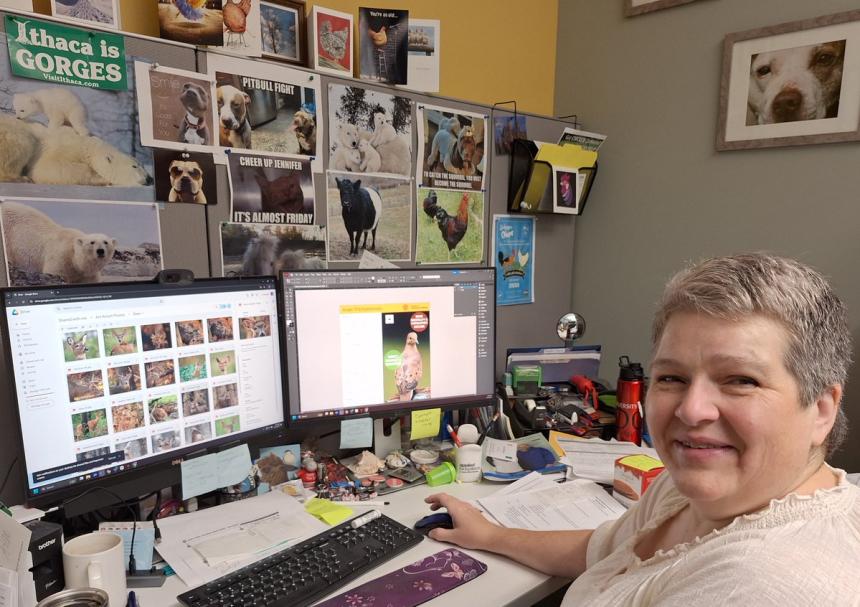
Blog
October 11, 2024
Cat herder, catch-all, and photo hog—I relate to all these terms and more. My position requires that I do and know a fair bit of everything to manage the administrative tasks for CWHL and its members while also overseeing the program's communications....
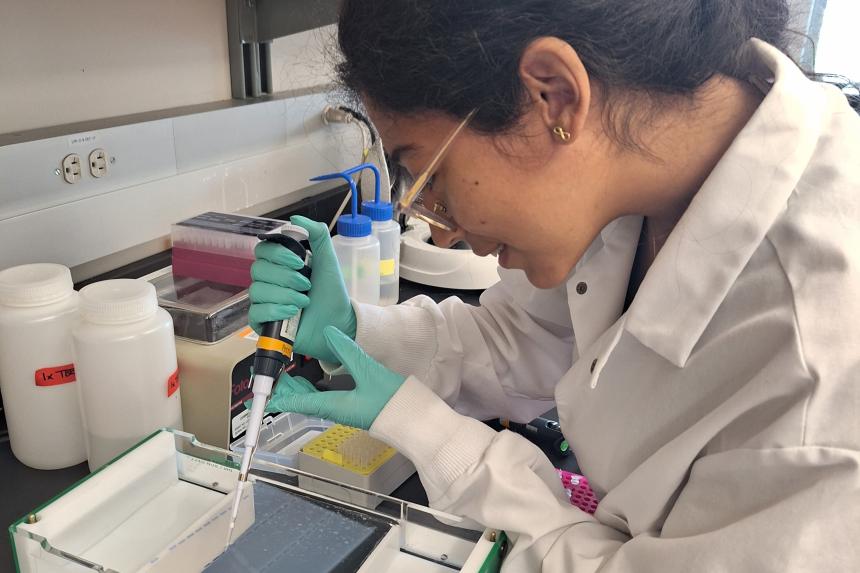
May 13, 2024
Ever wonder what happens with our students after they are done working/learning with the Cornell Wildlife Health Lab? Well, we keep in touch and follow their journey beyond CWHL. Here's a look at what a few of our wildlife students have planned next.
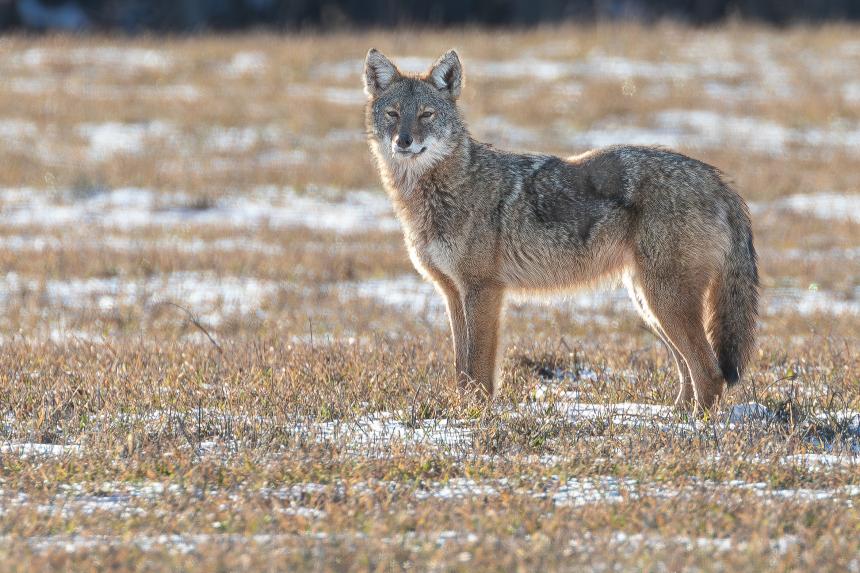
For Your Information
February 14, 2023
Eastern coyotes are out there—everywhere in New York. They are adaptable to living in many environments--prairies, forests, deserts, wetlands, and even cities--but open areas like prairies or deserts are where they prefer to be. Most coyotes go entirely unseen in their habitat of choice.
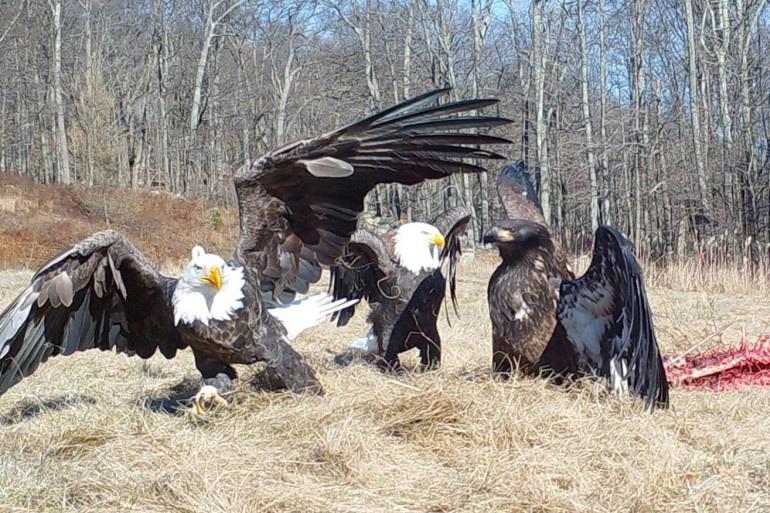
December 09, 2021
There is no safe level of lead for any wildlife species, and a hunter’s ammunition choice can mean life or death for scavenging wildlife.
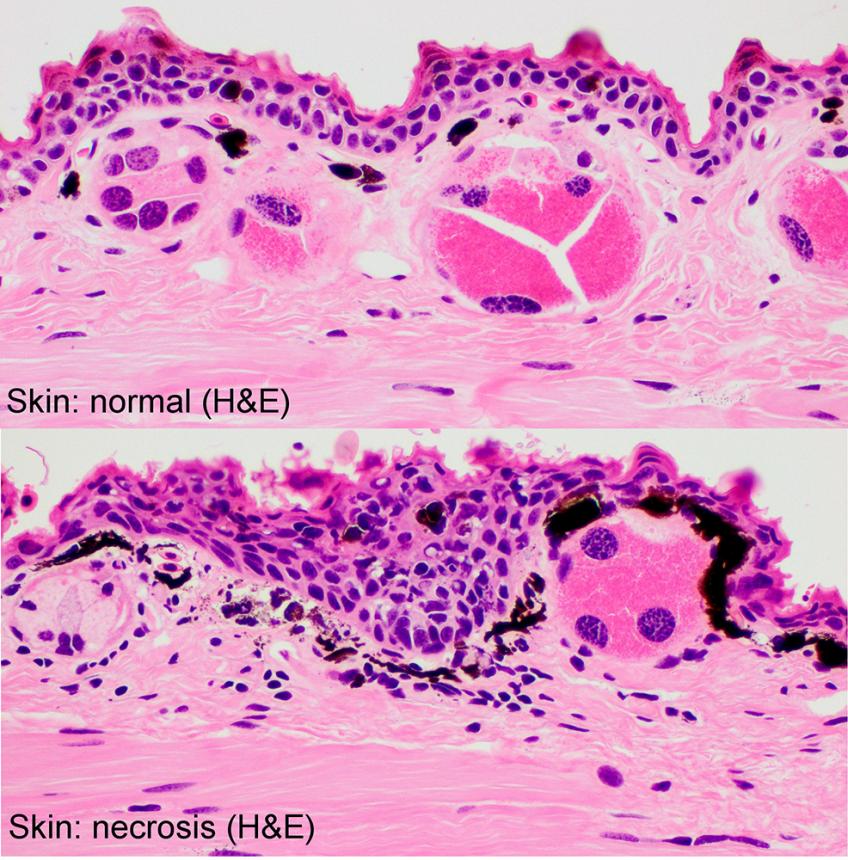
When the Cornell Wildlife Health Lab investigates mortalities in wildlife, our specially trained pathologists use diagnostic tools to crack the case....
March 19, 2019
by
Melissa Fadden and
Jennifer Peaslee
What do you call the post-mortem examination of an animal? The appropriate term is “necropsy,” derived from necro (“death”)….
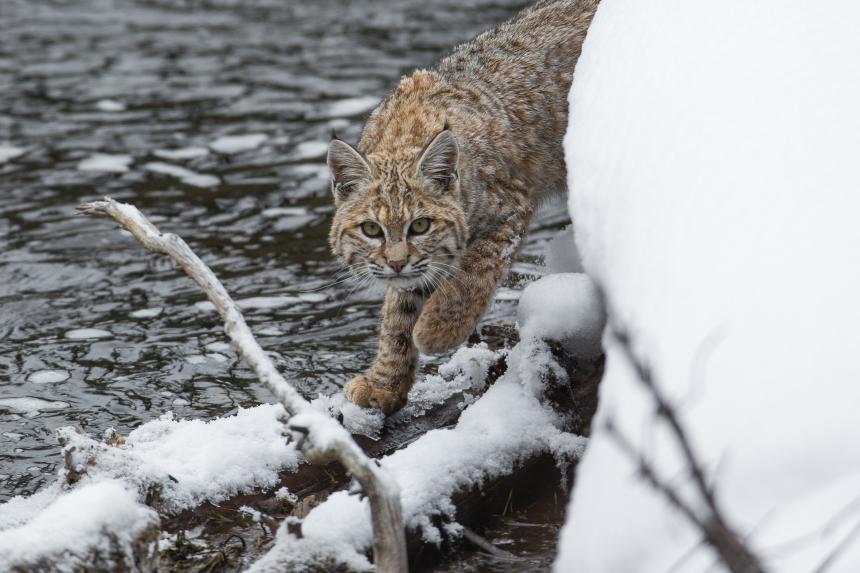
June 14, 2018
"Bobcat Fever" (Cytauxzoon felis) is an emerging disease caused by a blood parasite that can affect domestic cats. Cornell Wildlife Health Center scientists are developing a diagnostic test to evaluate its distribution in New York, and determine if and how bobcat and domestic cat health may be connected.
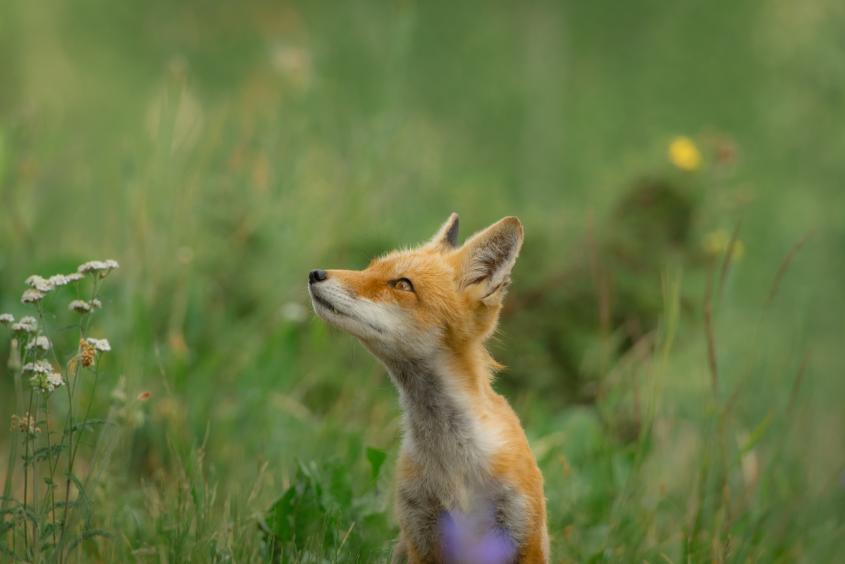
June 05, 2018
In this feature article, Wildlife Watchers, learn how Cornell Wildlife Health Center scientists are turning discoveries into real-world solutions, and how our research and surveillance protects nature across New York State.
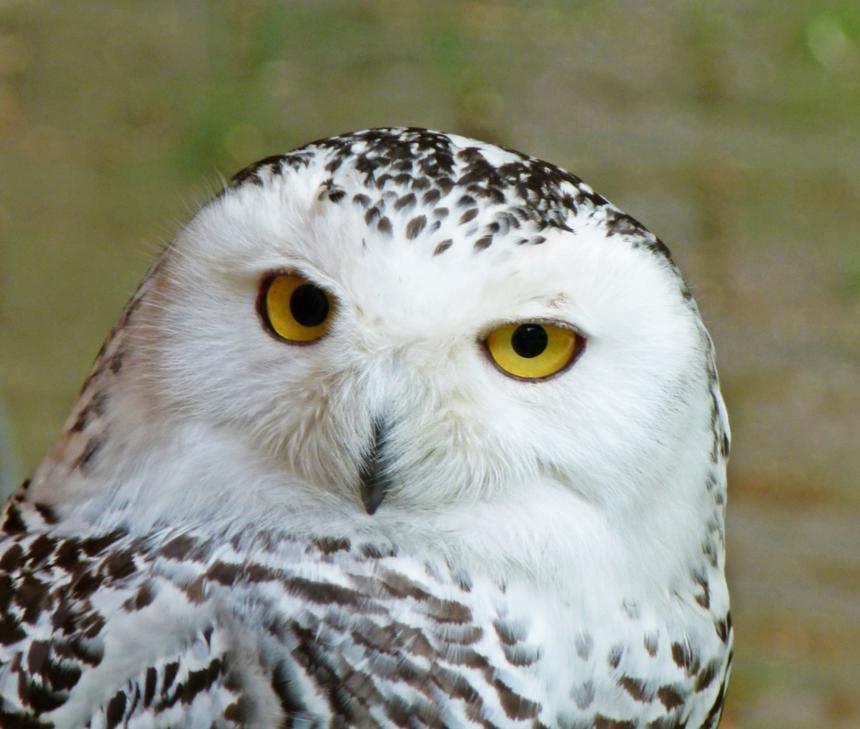
January 19, 2018
In the last few years, Cornell has confirmed two snowy owl deaths from pigeon herpesvirus, which was likely transmitted from a pigeon meal. Our lab has worked with our virologists to develop a DNA based test for the virus, making it a useful diagnostic tool when testing raptors for the disease.
